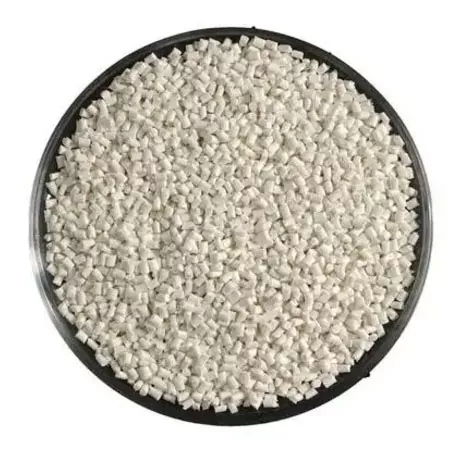Sustainability and Innovation in Plastic Pellets
2024-12-23
Plastic pellets are evolving to meet the demands of a world increasingly focused on sustainability and innovation. From eco-friendly materials to advanced manufacturing techniques, the industry is undergoing significant transformation.
The Shift Toward Sustainable Pellets
1. Biodegradable Options: Manufacturers are developing plastic pellets made from natural, compostable materials like polylactic acid (PLA).
2. Recycled Pellets: Using recycled plastic pellets reduces waste and conserves resources while maintaining product quality.
3. Carbon-Neutral Production: Advanced production techniques aim to lower carbon emissions, aligning with global sustainability goals.

Innovative Applications of Plastic Pellets
1. Additive Manufacturing: Plastic pellets are becoming a key raw material for large-scale 3D printing, reducing waste compared to traditional methods.
2. Smart Materials: Pellets infused with advanced additives can change color, conduct electricity, or offer enhanced strength.
3. Medical Industry: Special medical-grade pellets are used to create devices, implants, and packaging with stringent safety standards.
Challenges in the Plastic Pellet Industry
- Microplastic Pollution: Accidental spills during transport can contribute to environmental contamination.
- Balancing Cost and Sustainability: Producing eco-friendly pellets can be more expensive, posing challenges for widespread adoption.
- Regulatory Compliance: Stricter environmental regulations require ongoing innovation to meet legal requirements.
Future Trends in Plastic Pellets
The future of plastic pellets lies in circular economy models, where waste is minimized, and materials are reused. Emerging technologies, such as chemical recycling and advanced sorting systems, promise to enhance sustainability in the industry.
Conclusion
Plastic pellets are not just a product—they are a dynamic component of an ever-evolving industry. With advancements in sustainability and innovation, they are poised to play a critical role in creating a more environmentally conscious and technologically advanced future.


